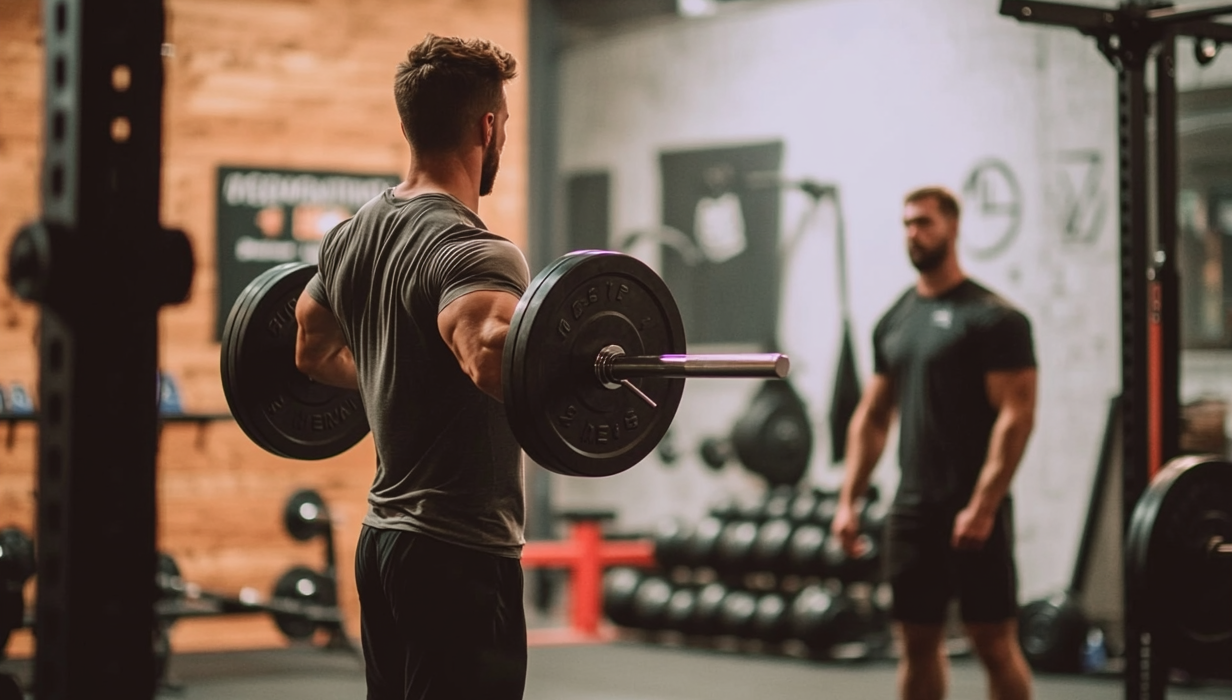Strength training, also known as resistance training, has exploded in popularity in recent years.
Once reserved for gym junkies, the amazing benefits of lifting weights are becoming more widely recognised. From improving heart health and bone strength to preventing injury and boosting your metabolism, strength training can do a lot of good for your body.
However, if you’re not already lifting heavy, getting started with weight training can be daunting. So we spoke to Juniper’s health coach and personal trainer, Jackson Anderson, to learn exactly how much you should be lifting, and how often.
We’ll also share some hot tips for progressing your weight training journey, whether you’re a beginner or already a more experienced weight lifter.
The benefits of weightlifting
We all know that exercise is an important pillar of health, but what exactly does lifting weights do for our bodies? Apart from the mental benefits of moving your body, working to build and strengthen your muscles can:
- Keep your heart healthy
- Increase energy levels
- Improve posture
- Improve your sleep
- Protect against injury
- Increase bone density
- Improve your resting metabolic rate
Understanding your experience level
The right amount of weight to lift can vary greatly depending on your fitness goals, experience levels, current body weight and the other ways you’re moving your body.
“When it comes to determining how much you should be lifting at the gym, it ultimately depends on three key factors: your goals, level of experience and the amount of time you can commit to training each week,” Anderson says.
“It’s important to recognise that there is no one-size-fits-all answer; each individual’s unique circumstances will affect how much they should lift.”
Beginner
If you’re new to lifting, it’s always a good idea to start lighter than you think. This will minimise the risk of injury while also giving you time to master your technique.
Intermediate
If you’ve already got some experience in the gym, you’re probably an intermediate lifter. You might be feeling ready to increase your weights, while still focusing on maintaining proper form.
Advanced
If you’ve been lifting for years, you’re likely ready to test your limits. You’ve mastered the basics and are ready to push towards heavier weights.
What is progressive overload?
Progressive overload is an important concept to understand if you’re looking to build lean muscle mass efficiently and effectively. It’s all about incrementally increasing the amount of weight you’re lifting and how hard you’re going.
“It’s the principle of gradually increasing the tension placed on your muscles – an integral part of effective strength training. This can be achieved by increasing the weight, repetitions or sets over time, depending on your goals,” Anderson explains.
“Whether you’re aiming for muscle growth, strength, or endurance, progressive overload should be a constant feature in your training plan.”
Tips for getting started with weight training
First things first – listen to your body. If you experience any pain or discomfort, reduce the weight or modify the move. Aim for a weight that feels somewhat challenging to lift but still allows you to complete the move with proper form.
“For beginners, the focus should be on mastering proper form and technique to prevent injury and build a strong foundation for future progress,” Anderson explains.
“Starting with a weight that allows you to perform 10-15 reps with good form before increasing the load gradually is key to building sustainable progress.”
This approach ensures you are lifting in a way that supports long-term strength gains and reduces the risk of setbacks such as an injury.
Tips for taking your weight training to the next level
Sustainability is a crucial consideration for any weightlifting routine. Consistency over time is what drives results. It’s important to be realistic about how much time you can dedicate to training as this will help you structure your routine effectively.
“If you can only fit in two to three training sessions per week, that’s perfectly fine! Pushing for more sessions than you can comfortably manage could lead to burnout and missed workouts, which would ultimately hinder your progress,” Anderson says.
“The volume you lift should align with your capacity to train consistently without overcommitting.”
If you’re already lifting heavy, it is important to avoid overtraining to prevent injury.
As Jackson explains, “Leaving ego-lifting behind is something everyone can benefit from. The temptation to always lift heavier doesn’t necessarily support long-term growth. Instead, focusing on steady, structured progression over time will ensure more effective sustainable progress.”
How often should you strength train?
The frequency of your training can vary greatly depending on your fitness goals. However, if you’re looking for general health and well-being improvements, Anderson suggests about three resistance training sessions per week, balanced with an active lifestyle.
“A typical resistance training session may consist of four to seven exercises, with varying sets and reps depending on your specific goals. So a general ballpark figure would be to aim for around 15-20 total exercises per week,” says Jackson.
When to increase your weight?
Challenging yourself can be part of the fun of weight training. If you can comfortably push yourself to complete two or more reps of your set for two consecutive workouts, it’s likely time to increase your weight by around five to ten per cent.
“As your body adapts, you can gradually increase your training volume to meet changing needs and goals,” Anderson says.
“By lifting within your capacity, following a structured plan and applying progressive overload, you will see consistent gains without compromising your health or training longevity.”
Weight training is a super effective form of exercise if you’re looking to build strength, gain muscle and improve your body composition.
It’s worth consulting a personal trainer or health professional if you’re unsure about how much you should be lifting or how to progress safely. With personalised advice and guidance, you can ensure you’re lifting effectively to reach your health goals.









